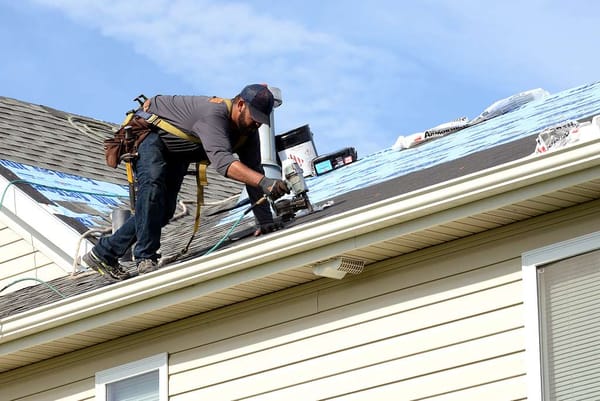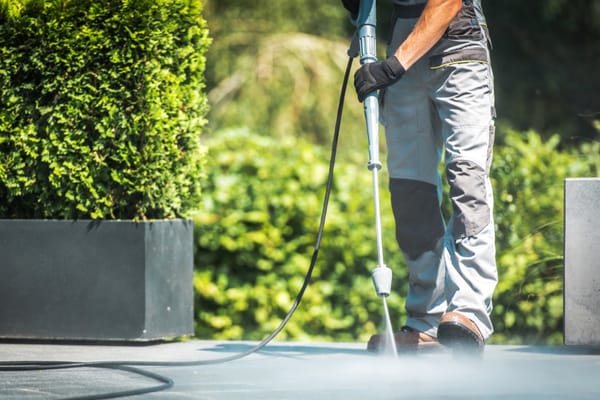There is a curious paradox one could notice among home designers - they enjoy making beautiful spaces, but when it comes to their own websites, many lean towards the bare necessities. This is also common among photographers who barely have photos of themselves but tons of pictures of everything else. However, the interior design industry is very competitive, and when it comes to making a ripple big enough to attract new clients, you can’t just hope they will accidentally stumble upon your website.
In fact, ignoring SEO is a sure way to end up somewhere on the tenth page of search results, and try to remember the last time you looked past the first page. Still, SEO can be challenging even for experienced gurus, with lots of rules, talks of risks, constant updates, etc. It’s a lot to take in. So, in this post, we have compressed what you need to know to get started on SEO for interior designers.
Why Care About Digital Marketing and SEO for Interior Designers
Contrary to what many people think, the interior design industry keeps growing consistently. The USA alone counts more than 119,778 interior designers. It means that no matter where you run your business, dozens of other interior designers like you probably compete for the same clientele. And we all know that most people will first check online when trying to find a home designer.
By learning about SEO for interior designers and implementing these tactics strategically, you will be able to create a big buzz around your brand and improve your web visibility. This means better search ranking, more targeted traffic to your website, and more potential leads for your business.
Still, SEO varies in difficulty across niches. This is why some designers or architects may visit the official website of any of the home improvement blogs that accept guest posts and collaborate with the best of them for link placement, which will boost their visibility.
How to Use Interior Design SEO to Grow Business: 5 Crucial Steps
Lots of architects and home designers struggle with knowing exactly what they need to do to outrank their competitors. So here are a few good steps to start with.
#1 Spruce Up Your Website Design
First impressions matter, especially for an interior design website. A bland, uninteresting look could suggest a lack of creativity or artistic flair. Also, in addition to a visually pleasing look, you also want to include high-quality images and videos of previous projects, reviews from satisfied clients, well-structured content, and clear CTAs. Your landing pages should explain your services, experience, and how potential clients can reach you. Be sure to use relevant keywords in the content on your web pages, image tags, meta descriptions, and more.
#2 Create More Landing Pages
The more landing pages you have, the greater your lead conversion potential. The general rule of thumb for good interior design SEO is to have a landing page for each aspect of your services. So you could have one for kitchen designs, another for kids’ rooms, office spaces, etc. Throw in a video or include virtual tours and 3D visualization of past projects if you can. These can significantly boost your engagement rates and revenue.
#3 Improve Your Page Load Speed
This is just as essential for your search rankings and lead generation abilities as the on-page tactics. Most people leave websites that take longer than 3 seconds to load. The pages that appear on the top of search results are optimized to load quickly. Some of the things you can do to improve your speed include compressing and optimizing your images and visuals, removing unnecessary codes, and using a web hosting service known for speed and stability. By doing this, you can reduce bounce rates, which will impact your online visibility.
#4 Engage on Social Media
It’s hard to do any kind of serious publicity for any business without using social media. Maintaining an active social media presence across multiple platforms can increase brand awareness, making it easy to reach a larger audience. Post videos or text content and infographics about your best works, share snippets of your personal stories that inspired your journey or love for a certain design style. Take the Women of Sublime Hotels post as a good example. Offer glimpses of your team’s vibe and interact with your followers regularly.
#5 Embrace Link-Building
Adding link-building to your interior design SEO strategy can lead to incredible results within a relatively short time. With this tactic, you want other quality websites, preferably the ones with the most traffic, in your niche to link to your content. Such backlinks signal search algorithms that your site is a trusted authority, elevating your search rankings. There are many ways to get these links, you could try guest posting, partnering with influencers, or working with a reputable white-hat link service provider.
Challenges of Getting Leads for Interior Designers and Ranking for Local Keywords
Local SEO can be a lot of hassle for anyone, especially if they are trying to launch a new product/service or introduce a new project design. This is why SPD Load recommends taking the time to understand your target audience, which is exactly what local SEO addresses. Let’s delve into some of these challenges and potential solutions.
- Competition. You will face a lot of competition, especially if you are in a big city. So, you have to put more effort into getting the attention of your target audience.
- No blogs or blog inconsistency. Add a blog section to your website, as Google is less likely to rank a one-page website. Also, try to post consistently. You could outsource to a content marketing agency if you don’t have time to handle it yourself.
- Identifying local keywords. You should use an SEO tool to find relevant keywords that are trending in your location and build your posts around them.
- Getting enough reviews. Lots of reviews are a good sign for many potential clients. If you want to avoid the hassles of getting leads for interior designers like you, then work on providing excellent service and good support, and always encourage your clients to drop reviews on your web page or share testimonials on their own social media profiles and tag you. If you don’t know how to go about this, you can start by learning how Houzeo reviews work and get some insights from there.






